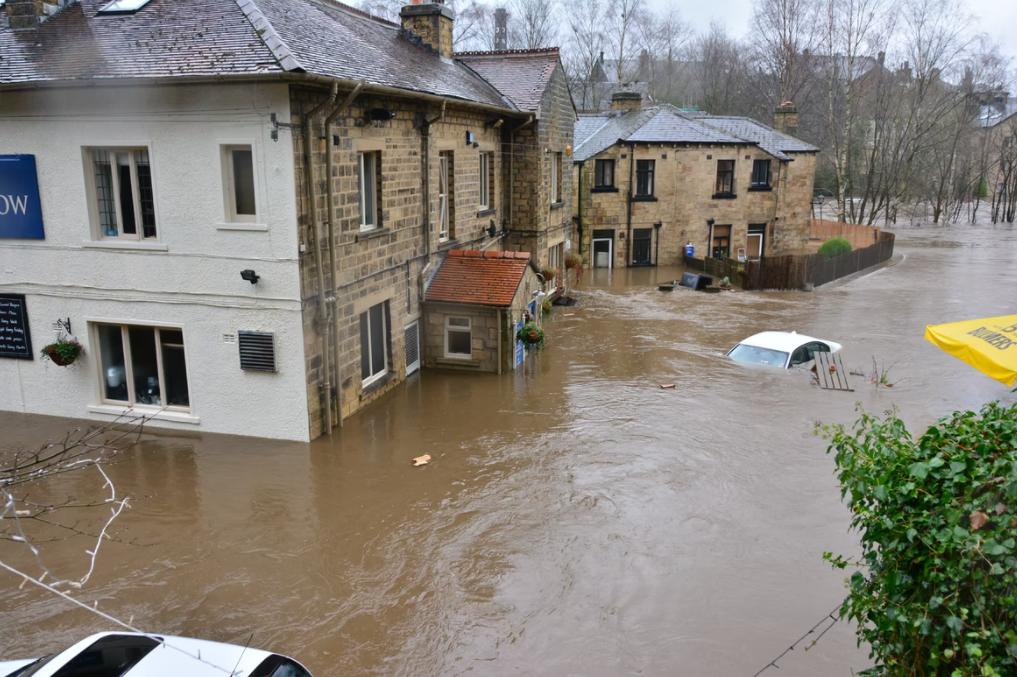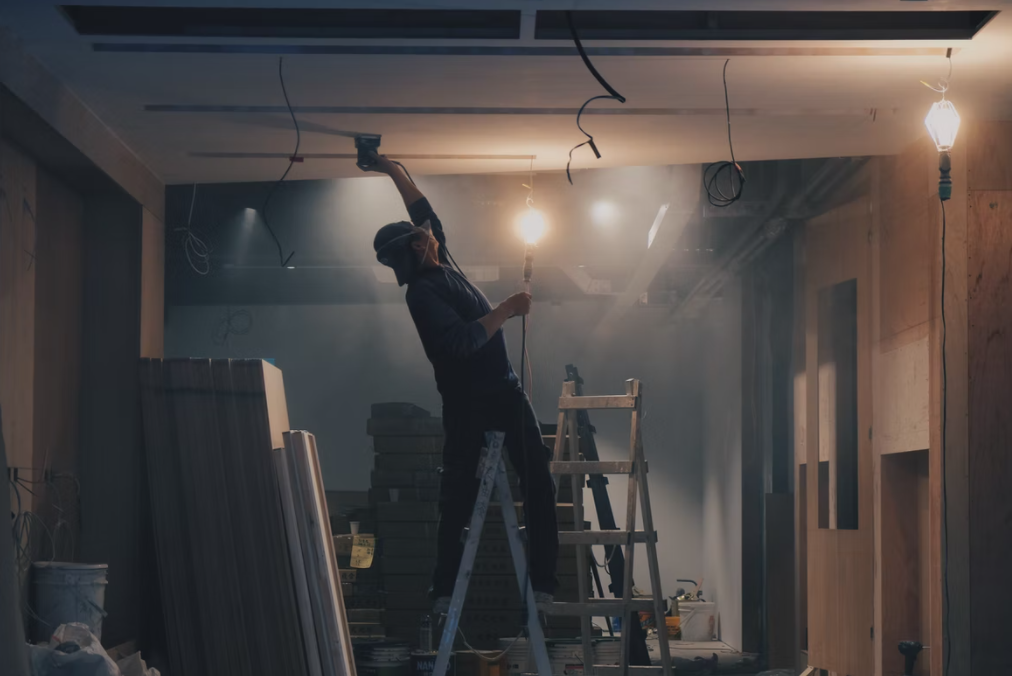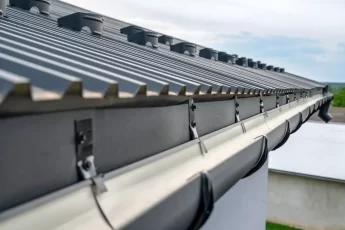Here’s How to Fix Water Damage Before Selling Your Home

Water damage can significantly impact the value and marketability of your home!

In beautiful places like Sarasota, where water-related issues can be common, addressing water damage is crucial before putting your home on the market.
Properly fixing water damage not only preserves the structural integrity of your property but also enhances its appeal to potential buyers. This guide provides practical steps to help you tackle water damage effectively.
1. Identify the Source of Water Damage
The first step in addressing water damage is identifying the source. Common sources include leaks from plumbing systems, roof leaks, flooding, and high humidity levels. Identifying the root cause is essential to prevent future occurrences. Start by checking common areas like bathrooms, kitchens, basements, and attics, where leaks often originate. Look for signs such as water stains, warped surfaces, or a musty odor.
If you can’t locate the source, consider hiring a professional. Experts can use specialized equipment like moisture meters and infrared cameras to detect hidden leaks. Addressing the root cause early on helps prevent further damage and potential health hazards, such as mold growth.
2. Assess the Extent of the Damage
Once you’ve identified the source of water damage, the next crucial step is to assess the extent of the damage. This involves thoroughly inspecting all affected areas, including walls, ceilings, floors, and any built-in fixtures. Look for signs of discoloration, bubbling, or peeling paint, and check for soft spots that indicate water saturation.
For those in the Sarasota area, it may be beneficial to enlist the help of a professional, such as a Sarasota water damage restoration service, like Flood Pros USA, to provide a comprehensive assessment. These experts can accurately determine the severity of the damage and recommend the best course of action. Prioritizing the most heavily affected areas will help prevent further deterioration and ensure your home is safe and structurally sound.
3. Remove Standing Water
If water damage has resulted in standing water, it’s crucial to remove it as quickly as possible to prevent further damage and mold growth. Use pumps, wet vacuums, or buckets to remove the water, depending on the volume. For small amounts, towels and mops can be effective, but for larger volumes, more powerful equipment may be necessary.
Safety is a priority during this process. Ensure the electricity is turned off in affected areas to avoid electrical hazards. Moreover, wear protective gear, such as gloves and boots, to protect yourself from contaminants that may be present in the water. Once the standing water is removed, proceed with drying the area thoroughly.
4. Dry and Dehumidify the Area
Drying out the affected area is critical to prevent mold growth and structural damage. After removing standing water, use fans, dehumidifiers, and air conditioners to dry the area thoroughly. Open windows and doors to promote air circulation, which can help speed up the drying process.
It’s important to monitor moisture levels throughout this process. Even after you think the water is gone, moisture can linger in floors, walls, and other materials. A moisture meter can help ensure that these areas are completely dry. Depending on the extent of the water damage, this process can take several days to a week or more. Patience and thoroughness are key to preventing future issues.
5. Clean and Disinfect
Once the area is dry, the next step is to disinfect all affected surfaces. This is crucial as you need to get rid of contaminants and stop mold and bacteria from growing. Start by cleaning with a mild detergent and water to remove dirt and debris. Steam cleaning can be effective for porous materials like carpets or upholstered furniture.
After cleaning, disinfect the area using a solution of bleach and water or a commercial disinfectant. This step is particularly important for areas that were affected by contaminated water, such as sewage backups or flooding. Be sure to follow the instructions on any cleaning products and use them safely. Proper cleaning and disinfection ensure a safe and healthy environment, ready for repairs and restoration.
6. Repair Damaged Structures
Once the area is clean and disinfected, it’s time to assess and repair any structural damage caused by water. This step is critical for ensuring the safety and integrity of your home. Begin by inspecting all affected areas, including floors, walls, ceilings, and any built-in fixtures like cabinets or shelves.
For drywall, look for signs of swelling, sagging, or mold growth. Damaged sections should be cut out and replaced with new drywall. It’s important to ensure the underlying studs and insulation are dry and free from mold before replacing the drywall. For flooring, check for warping or buckling. Depending on the material, you may need to replace sections of the floor or, in severe cases, the entire flooring.
Ceilings often show signs of water damage as discoloration or sagging. Damaged areas should be removed and replaced, taking care to address any leaks from above that caused the damage. Using water-resistant materials during repairs, such as moisture-resistant drywall and mold-resistant paint, can help prevent future problems. Ensuring that all repairs are completed to a high standard will make your home more appealing to potential buyers.
7. Restore Aesthetic Damage
Beyond structural repairs, restoring the aesthetic aspects of your home is crucial to making a good impression on potential buyers. Water damage can often leave visible marks, such as stains, peeling paint, or discolored surfaces, which need to be addressed.
Start by repainting affected walls and ceilings. Choose high-quality, moisture-resistant paint to protect against future issues. It’s important to match the color and finish of the new paint to the existing decor for a seamless appearance. In some cases, it might be best to repaint entire rooms for a fresh, uniform look.
To Sum It Up
Addressing water damage thoroughly before selling your home is essential for preserving its value and appeal. By following these steps, from identifying the source of damage to restoring aesthetic damage, you can ensure your home is in excellent condition and ready to attract buyers.
Taking proactive measures not only protects your investment but also provides peace of mind for both you and the new homeowners.








